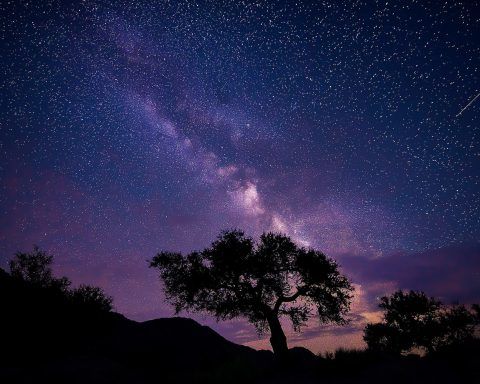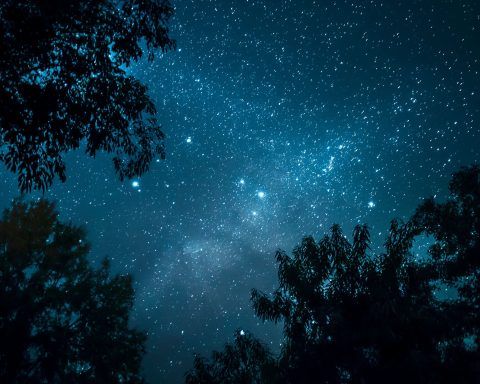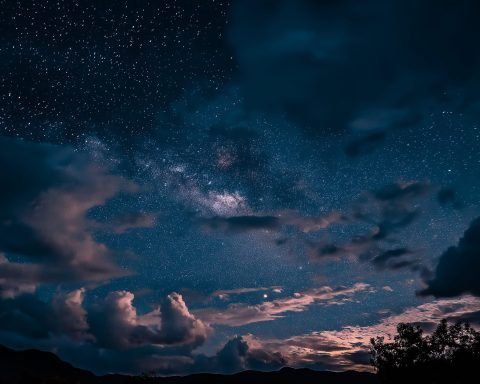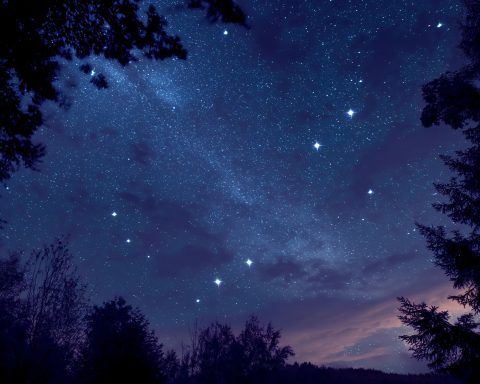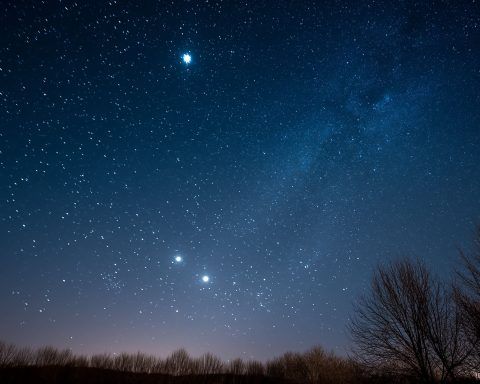
Launch Doubleheader and Lunar Revelations – Space News Roundup (Sept 25-26, 2025)
Marathon Launch Day: Starlink & Kuiper Soar September 25, 2025 saw an extraordinary launch doubleheader. In the pre-dawn hours, SpaceX’s Falcon 9 lifted off from Cape Canaveral at 4:39 a.m. EDT carrying 28 Starlink internet satellites into low Earth orbit spaceflightnow.com.
